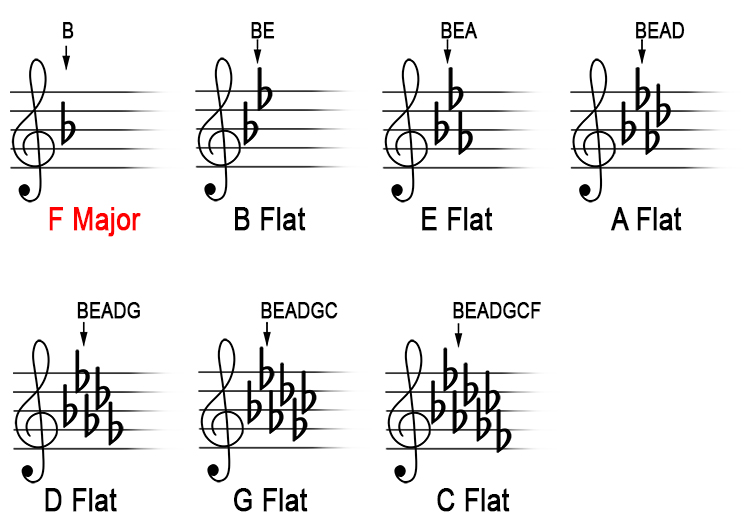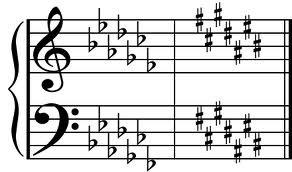


The following example transposes it (rewrites it at a different pitch level) to E major by raising each note up two whole steps, putting E in the most stable position. The melody from Example 8–3 can be written in any major key. Because the pitch class C is the most stable-sounding pitch in the melody, Example 8–3 is in the key of C major. Whenever F appears, on the other hand, it is given a shorter note-value, and is always within a descending stepwise passage toward C. The excerpt begins and ends on C, and C holds a prominent position at the end of m. Simply looking at the melody, we can see that C occupies a more stable position than the pitch class F. It is likely that you heard the pitch C as having greater stability. Listen to the melody again and consider which pitch, C or F, sounds more stable-in other words, which pitch sounds more restful, more like a musical destination and less like an attraction along the way. To determine the key of this melody-C major or F major-we need to decide which note sounds most like the tonic. But all of these pitches also belong to the F major scale (F, G, A, B b, C, D, and E). This is a very good indication that this melody is in the key of C major. All of these pitches belong to the C major scale (C, D, E, F, G, A, and B). As you can see, this melody uses the pitches C, D, E, F, G, and A.


 0 kommentar(er)
0 kommentar(er)
